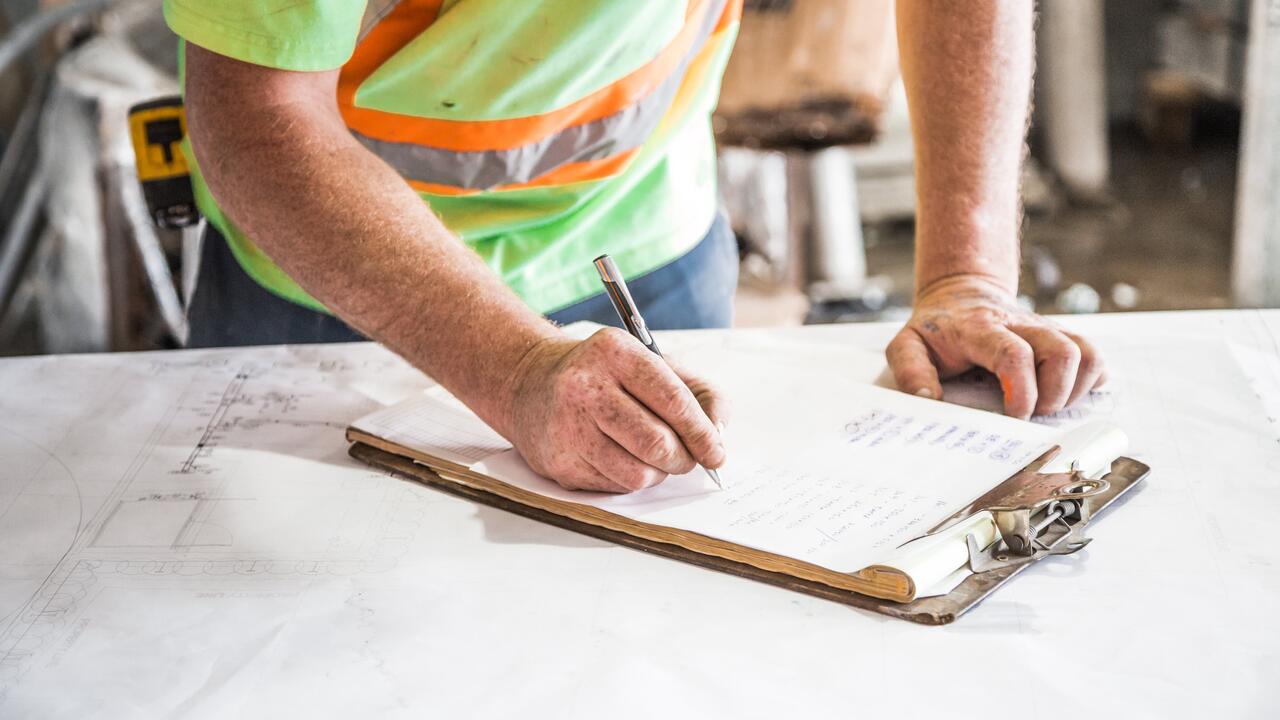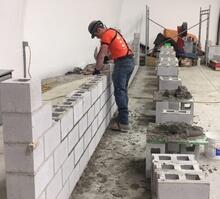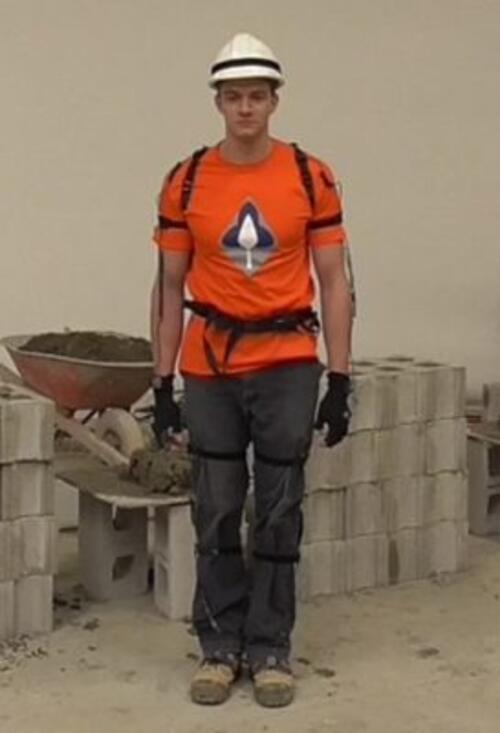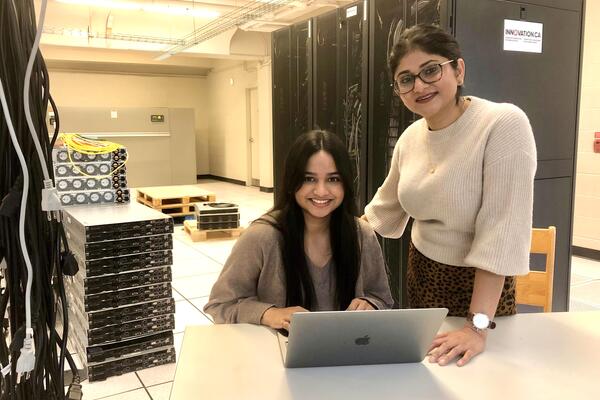
Learning from the masters to keep craft workers healthy
Waterloo researcher Carl Haas is employing AI to gain surprising new insights into how experts work both safely and productively

Waterloo researcher Carl Haas is employing AI to gain surprising new insights into how experts work both safely and productively
By Brian Caldwell Faculty of EngineeringCarl Haas, a professor of civil and environmental engineering, has always thought it’s a terrible shame when workers in skilled construction trades, including many of his own friends and relatives, have their careers cut short by wear-and-tear injuries.
Now, thanks to recent breakthroughs in technology, the Waterloo Engineering researcher is doing something about it by employing artificial intelligence (AI) to gain surprising new insights into how experts work both safely and productively.
Lessons learned from studies on bricklaying, for instance, are informing a system to give trainees immediate feedback so they can modify their movements to reduce the physical stresses of their demanding work.

“There is an unseen problem with craft workers who are just wearing out their bodies,” says Haas. “It’s not humane and it’s not good for our economy for skilled tradespeople to be done when they’re 50.
“It’s bizarre in today’s world that we just seem to accept it. We’ve made great strides in reducing accidents where people get crushed or electrocuted, but we haven’t made much progress on the health part, the wearing out.”
Led by Haas and Eihab Abdel-Rahman, a systems design engineering professor at Waterloo, research to change that involves the use of now-inexpensive motion sensor suits and sophisticated AI software.
Combining those technologies has revealed that expert bricklayers use previously unidentified techniques to limit the loads on their joints while simultaneously working much faster than colleagues with less experience.
Haas compares their skill to the way a professional golfer precisely times a series of motions to produce a swing that optimizes driving distance and accuracy.
“The people in skilled trades learn or acquire a kind of physical wisdom that they can’t even articulate,” he says.
Although more research is needed to fully understand the techniques developed over time by master masons – who do not follow the standard techniques currently taught to novices – examples include more swinging than lifting or carrying of blocks and less bending of their backs.
“The experts have somehow figured out how to be really productive, with super-high quality of work, while also loading their bodies less,” Haas says. “If you think about it, that’s pretty amazing.”
In their first study on bricklayers, researchers analyzed data from workers of various experience levels who wore sensor suits while building walls with concrete blocks. Results showed the experts put less stress on their bodies, but were able to do much more work.
A follow-up study to try to determine how master masons work so efficiently involved sensors to record their movements and AI computer programs to identify patterns of body positions.
More in-depth work is now looking at how the experts connect those body positions, or poses, to maximize output and minimize wear and tear on their bodies, a key to avoiding back, shoulder, wrist and other physical problems.

One of the subjects in a Waterloo Engineering study wears a motion sensor suit.
“Skilled masons work in ways we can show are safer, but we don’t quite understand yet how they manage to do that,” says Haas. “Now we need to understand the dynamics.”
Musculoskeletal injuries are a significant problem in bricklaying, causing many young workers to quit in their first few years and forcing many experienced workers to retire prematurely.
Haas hopes lessons learned from the experts – in bricklaying and other construction trades as well – can be passed on during training to increase productivity and keep more skilled workers on the job longer.
“The experts do things that are classically wrong from an ergonomics point of view,” he says. “We are watching them with a real measurement tool and it’s revealing all kinds of insight that is counter-intuitive.”
Data collected from the research could also be used to justify the adoption of tools such as self-leveling palates, or block holders, that have the potential to increase productivity and reduce wear and tear on workers as well.
The ongoing work is supported by the Canadian Concrete Masonry Producers Association, the Canada Masonry Design Centre and the federal government through the Natural Sciences and Engineering Research Council of Canada (NSERC).

Waterloo researcher Dr. Tizazu Mekonnen stands next to a rheometer, which is used to test the flow properties of hydrogels. (University of Waterloo)
Read more
Plant-based material developed by Waterloo researchers absorbs like commercial plastics used in products like disposable diapers - but breaks down in months, not centuries

Read more
Here are the people and events behind some of this year’s most compelling Waterloo stories

Engineering master's student Nayeema Nonta (left), one of the three paper authors, and her supervisor, Dr. Sirisha Rambhatla, in a large server room with the computer power needed to develop their new LLM training technique. (University of Waterloo)
Read more
Waterloo researchers develop highly efficient AI training system that paves the way for cheaper, greener “intelligent partners”
The University of Waterloo acknowledges that much of our work takes place on the traditional territory of the Neutral, Anishinaabeg, and Haudenosaunee peoples. Our main campus is situated on the Haldimand Tract, the land granted to the Six Nations that includes six miles on each side of the Grand River. Our active work toward reconciliation takes place across our campuses through research, learning, teaching, and community building, and is co-ordinated within the Office of Indigenous Relations.